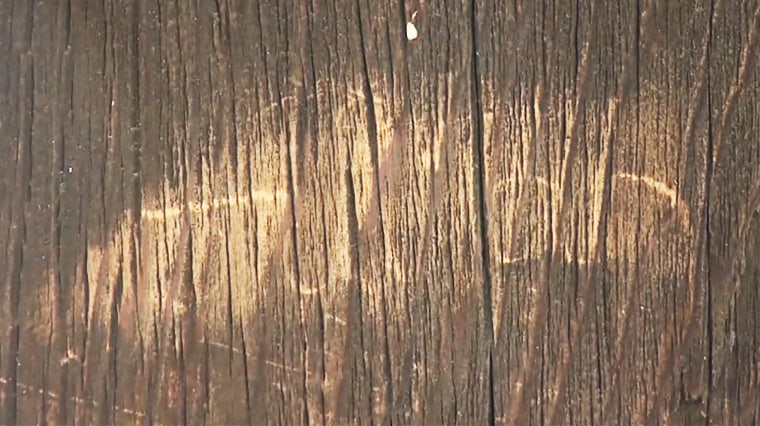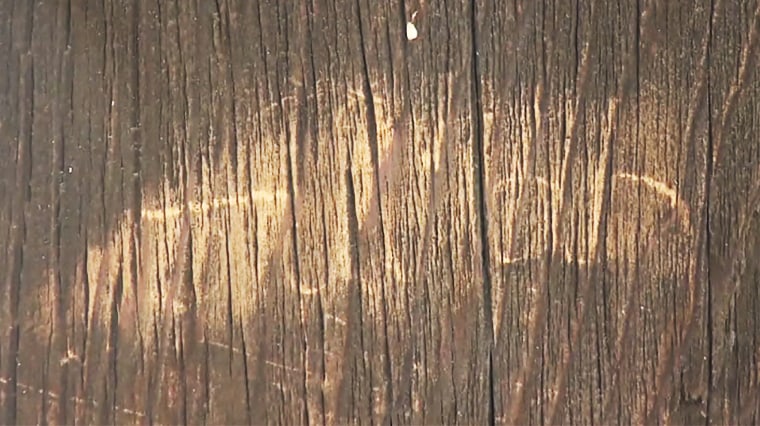The pillar in the “Golden Hall” in Japan’s Toshodaji Temple has been in place for centuries. But that didn’t stop one Canadian teenager from carving his name in it, prompting questions about what can be done to stop a rash of vandalism striking the world’s treasures.
The word “Julian” in small letters was inscribed last Friday into the wooden structure built 1,250 years ago at the Buddhist site in the central city of Nara.
A Japanese tourist spotted the 17-year-old scratching his name into the wood with his fingernail and alerted staff who called police, the country’s Kyodo news agency reported.
The teenager, whose name has not been disclosed because he is a minor, was questioned but does not appear to have been charged with a crime. Had he been indicted for damaging “important cultural property,” he could have faced up to five years in prison and a fine up to 1 million yen, around $7,200.
“Such an act is certainly sacrilegious, especially in Japan where cultural norms repudiate such practices,” Ken Tadashi Oshima, a professor of Japanese architectural history at the University of Washington, told NBC News on Friday via email.

Founded as a place for Buddhist worship in 759 by a Chinese monk, Jianzhen, from the Tang dynasty, the temple was the first in Japan to be devoted to a Chinese Buddhist denomination, the Nanzan school, according to the temple’s website.
The Japanese government designated the temple a “national treasure” in 1951 and UNESCO added it to the World Heritage list in 1998, saying that together with Nara’s other historic monuments, including “Buddhist temples, Shinto shrines and the excavated remains of the great Imperial Palace, it provides a vivid picture of life in the Japanese capital in the 8th century, a period of profound political and cultural change.”
Odashi said it could be argued that the temple was equally as significant as the Acropolis in Greece. “It is preserved as a living structure as it is made of wood,” he said. “This makes public awareness of its significance especially important to prevent other such acts from happening again.”
NBC News has reached out for comment from the temple, where staff members were later filmed putting up signs in both Japanese and English near the entrance reading, “Please do not damage the hall,” and “You will be punished for violating the Cultural Property Protection Law.”
Source: | This article originally belongs to Nbcnews.com









